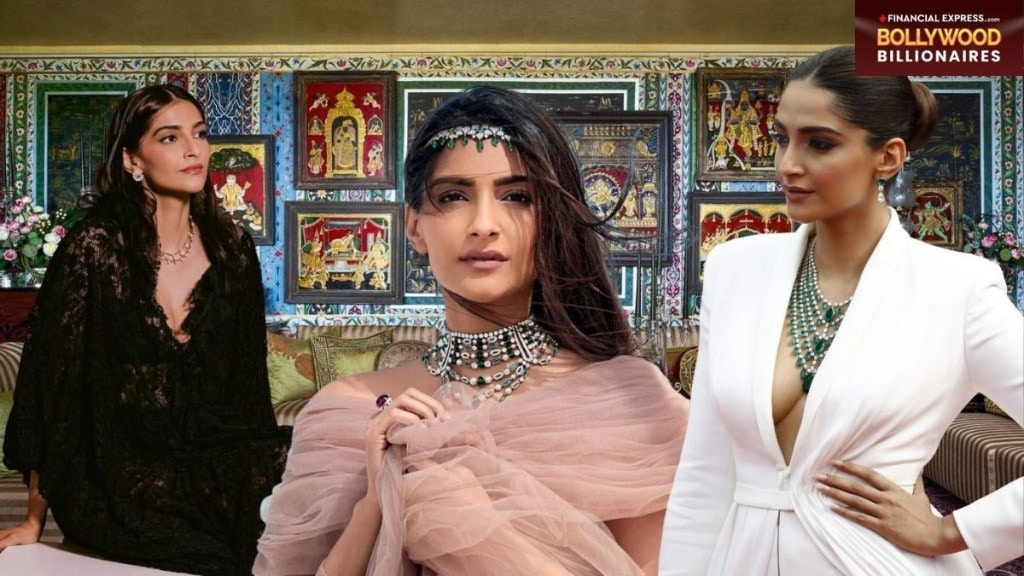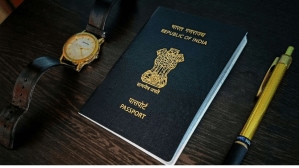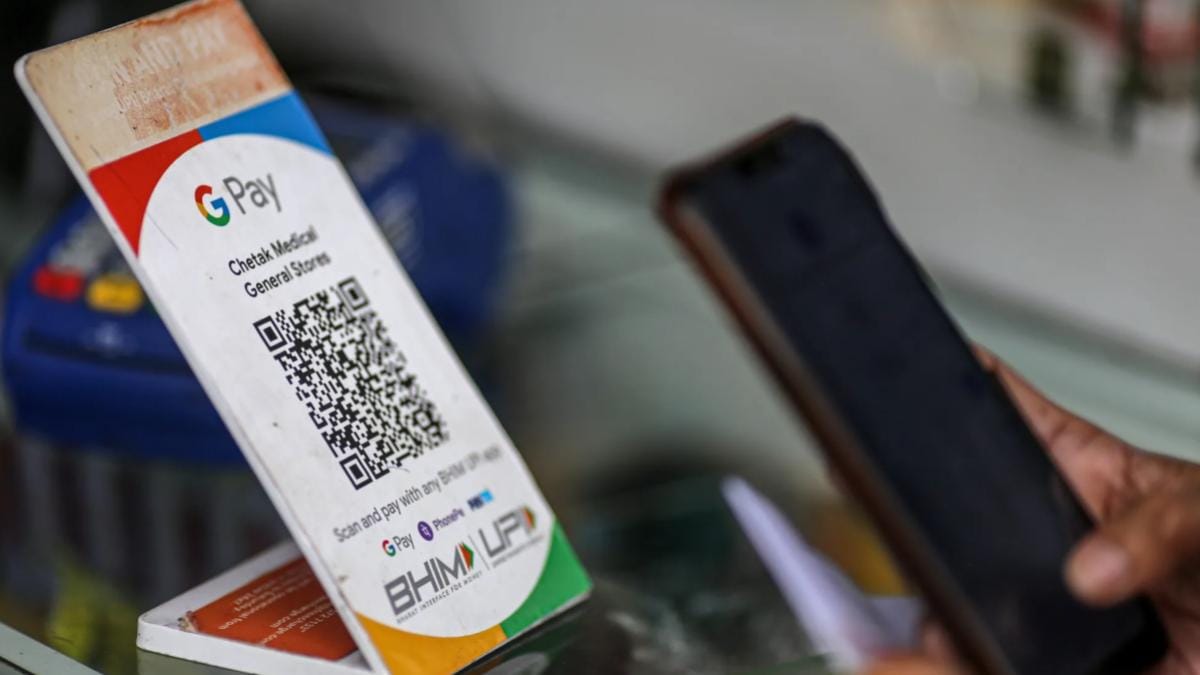In the first column of this series we looked at Abhishek Bachchan and how he used sport to quietly build long term value.
This week the numbers live in a very different place. In wardrobes, artworks, heritage buildings and a beauty brand cap table that looks nothing like a typical actor pay slip.
It was a beautiful summer evening in 2011, Cannes Film Festival in full swing. Tom Cruise had just made an appearance to promote one of his Mission Impossible films. Salma Hayek and Antonio Banderas were due to arrive on their yacht for a special screening of Puss in Boots.
I remember standing in that knot of photographers, publicists and fans just outside The Hôtel Martinez when the doors opened and Sonam Kapoor glided out in a structured white Jean Paul Gaultier gown. Hair swept back, shoulders clean, the dress drew a sharp diagonal across her tall frame.

For half a second the crowd genuinely did not know who she was. Then there was that small intake of breath that runs through people who look at faces all day for a living.
Photographers screamed at her for a look.
This was Sonam’s debut as a L’Oreal ambassador, her first time on those red steps, her first big test outside the home crowd. She had been emailing designers on her own in the weeks leading up to that trip, asking for dresses to wear on the red carpet.
Teen Vogue would later quote her telling the story with a laugh. “Jean Paul Gaultier was the only one who said, ‘Okay, I will dress you.’” Once he dressed her, the others suddenly discovered her inbox.
That night, at least, you could feel the pivot.
Up until that moment she had been a promising young actor with a strong last name. By the time the photocall lights cooled, she was something harder to quantify.
A fashion brain in a film girl body.
But to understand why that dress mattered, you have to go back a year, to a girl in Delhi playing Cupid for a living.
Producer first, influencer later
By the age of 23, and just three films into her career as a leading actor, Sonam had already moved behind the camera. She collaborated with her sister Rhea and took charge of Anil Kapoor Film Company for their pet project Aisha.
This was while Anil Kapoor was busy filming the American television show 24.
To audiences, Aisha looked like another Jane Austen remake with pretty clothes. Inside the family, it was a controlled experiment in budget discipline, brand partnerships and building a young urban audience that cared as much about styling as they did about the story.
The budget for the film sat at around ₹18 crore. Box Office India pegs the India gross a little above ₹21 crore, with worldwide collections in the mid-20s.
It was not a runaway monster hit, but it was not an embarrassment either. A large chunk of the cost was already recovered through satellite and music deals before the opening day.
Creatively, Aisha did something for Sonam that mattered more than a simple hit or flop tag.
It turned her wardrobe into infrastructure.
Dior lent the production around 60 pieces, from bags to dresses. No Hindi film had done this sort of partnership at this scale with a global luxury brand.
The label was fully woven into the story instead of appearing as a token bag carried past the camera. The collaboration seeded a relationship that would eventually see Sonam become a Dior ambassador.
Underneath the couture, Sonam was already thinking like a producer who wanted repeatable intellectual property, not just one cute fashion film.
The same mindset shows up later in Veere Di Wedding, another Rhea led production where Sonam came in as star and stakeholder. That film turned a budget in the low ₹40 crores into worldwide numbers around ₹139 crore.
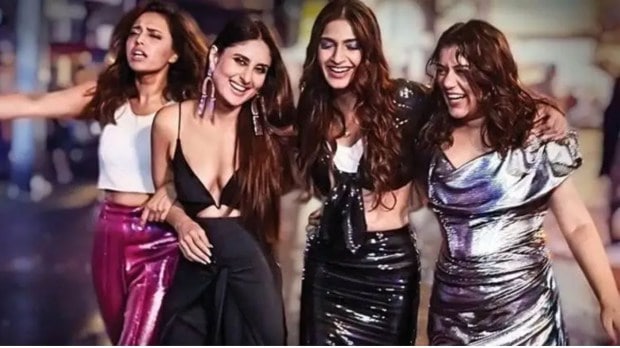
This matters because many actors only wander to the ownership side when their leading roles start to thin out.
Sonam’s appetite for the decision table began early.
Rheson and the mass market fashion test
Rheson, the brand she co-created with her sister Rhea, launched in 2017 with Shoppers Stop as partner. It was pitched as a high street label geared towards college students and young professionals.
The name was a mash up of their names, Rhea and Sonam. The idea was simple. Cash in on Sonam’s popularity as India’s unofficial Pinterest board for millennial dressing.
Rheson would bottle that mood into bomber jackets, jersey dresses and slogan tees that did not demand a stylist or a second credit card. The label quietly vanished from shelves after a few seasons. On paper that looks like failure.
On her personal balance sheet it delivered something more useful than a vanity brand that drags on for years.
It handed her real data on what her supposed core fans actually buy when they have to swipe their own cards. That is the kind of insight you do not get from likes and comments. You get it from cash registers.
How Sonam Kapoor learned to respect money
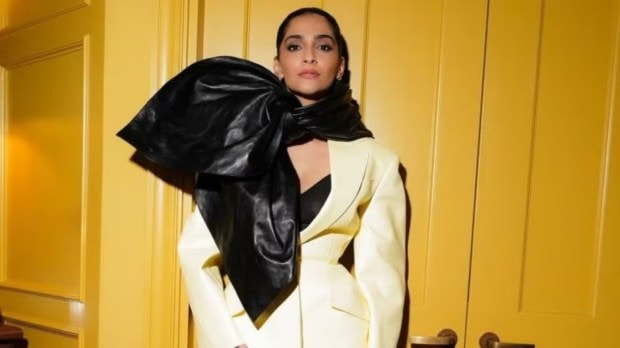
Sonam grew up in a film family that could easily have sponsored every bag, every flight, every experiment of hers. Her parents chose not to.
At 17, just as she was about to start assisting on a Sanjay Leela Bhansali set, she was told that the free ride was finished.
“My parents made it very clear that now you are an adult and you have to take care of yourself,” she said later in an interview.
Before that, there was Singapore. She lived on a student allowance of 40 dollars a week in an expensive city. Extra classes were fine, but anything beyond essentials was on her. “They told me ‘there’s no reason for you to get any extra money, you can do any classes you want, but all the extras like designer dresses and clothes, there’s no way that we’re paying for that’.”
She took odd jobs and learnt very quickly that the thrill of a new bag dies faster than the reality of rent.
She calls herself a cautious, conservative investor and credits that temperament to her grandfather, who worked with State Bank of India. He taught her to treat money as something you park, not something you perform with.
Her early portfolio was stubbornly unglamorous. She invested in diamonds and silver because they hold value. She created fixed deposits because she likes to sleep at night.
Her first real estate decisions were made because property felt more understandable than a cap table full of jargon.
She likes to see what leaves her account. She still writes her daily expenses in a notebook.
In a business where many people hear the word crore and stop listening after that, Sonam’s first flex is that she can tell you what a cappuccino cost her yesterday.
The endorsement engine
Like most actors of her generation, Sonam began with the classic endorsement carousel.
By the early 2010s she was fronting campaigns for Electrolux, Spice mobile phones, Mont Blanc and Colgate Visible White, and was already installing herself as one of the main Indian faces of L’Oreal Paris.
In 2011 she was named Brand Ambassador of the Year at an NDTV award show. Within a year, trade reports said her fee per endorsement placed her among the better paid celebrity endorsers in the country, all before she turned 30.
Between 2012 and 2016 she appeared regularly on the Forbes India Celebrity 100 list, powered as much by endorsement income as by film fees. That mix is important.
In years when there was just one feature film, or when she took time off to have her son, the brand conveyor belt did not pause.
The second act of her endorsement life has been about moving up the value ladder

She is now the India face of Dior, front row at couture shows and the visible bridge between a French legacy house and a young Indian base that lives on Instagram.
She is the global face of Zoya, the Tata owned jewellery brand that wants to sit at the serious luxury table.
There is also the new mother chapter. The Moms Co brought her on for its skin care and baby care lines. Prega News chose her for Ova News, an ovulation kit pitched at women who want more control over when they get pregnant.
Johnson’s Baby used the father daughter Kapoor duo in a national campaign.
Real estate group Runwal rebranded and hired her as the face of its luxury projects, attaching her fashion credibility to concrete under a slogan about building for future generations.
You can read that list as just deals. Or you can look at it as a map of how she has shifted from aspirational youth icon to fashion led, new mother, globally mobile symbol of Indian affluence.
Either way, it is a reliable annuity stream.
The 34 million person broadcast channel
If you scroll all the way back to her first post on Instagram, the intent is there from day one.
Sonam joined the platform in 2012, soon after its India launch. For a while her account behaved like a public diary. Selfies, pictures of food, film posters, blurry photographs with friends and co stars, quotes from the books she was reading.
It feels spontaneous, even a little chaotic, which is exactly what early Instagram was meant to be. Her personal Pinterest.
Somewhere between 2015 and 2017 the chaos starts to acquire a spine. The same feed that once tossed up random frames starts being curated. Fittings, beauty looks, jewellery, art corners, photoshoots and so on.
None of it is accidental.
She was one of the first in the industry to understand that Instagram can build a persona faster than any magazine profile. It is an easy way to reach her audience directly.
Today her grid speaks to roughly 34 million people. Analytics sites count likes in the tens of thousands on an ordinary post and place her comfortably in the top celebrity creator bracket.
For context, the Hopper Instagram Rich List pegs Priyanka Chopra at the top end of this pyramid with 91 million followers and, according to them, a single post that could cost upwards of $548,000.
Indian agency rate cards put posts from film led accounts with eight figure followings in a bracket where each collaboration is meaningful money, not a side hustle. You do not need Sonam’s exact invoice to understand what that means.
For any brand trying to buy culture fluent attention, a feed like hers is worth its weight in gold.
She can afford to be quiet on screen, take her time choosing work and still never disappear from the conversation. Her personal broadcast has never stopped. It simply moved from Friday premieres to a phone in your hand.
Marriage, Bhaane and a 48 crore love letter to Mumbai
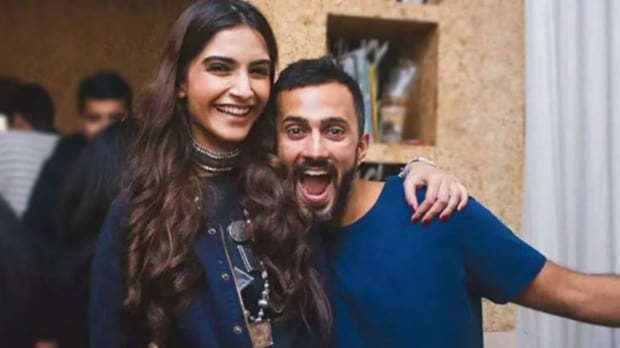
Marriage did not soften the Kapoor money brain. It gave her a co collaborator.
Anand Ahuja arrived with his own story as a sneaker and streetwear entrepreneur. Together, the couple sits at the center of Bhaane Group, which runs the Bhaane clothing brand and a cluster of retail and brand partnerships.
A recent valuation of Bhaane shows a total net worth of approximately ₹1,630 crore. The group co-founded by Sonam and Anand is an arm of Shahi Exports, one of India’s largest apparel makers, which supplies international brands like Uniqlo, Decathlon and H&M.
Bhaane’s retail arm operates Nike and Converse stores across the country. In 2024 and 2025 the group did two things that explain how the couple thinks about long term value.
First, they bought the iconic Rhythm House building in Mumbai for roughly ₹48 crore. On paper this is a rational central Mumbai buy. Heritage building, arts district, high fashion stores all around, hard to replicate.

In reality it is a compound move. Bhaane gets a flagship that already lives in the emotional memory of a generation. Sonam attaches her name to saving a cultural landmark instead of fronting just another anonymous luxury store.
When the building reopens as a concept space, it will sell clothes and coffee. It will also sell a story.
The story is a couple using their capital to play custodian, not just consumer, in a city where culture usually loses arguments with cash.
The second strategic investment was also personal.
Turning the make up chair into equity
Anyone who has scrolled through celebrity styling on Instagram knows Namrata Soni. She has worked on Sonam’s face for more than 17 years. Every graphic liner and glowy base in those Cannes photos has Namrata in the credits.
In 2020, Namrata built a beauty brand of her own called Simply Nam. In May 2025, the brand announced a strategic fundraise led by Bhaane Group.
The numbers are not unicorn fodder yet, but they are solid. The company says it has doubled its customer base in a year, has a returning customer rate around 40 percent and pulls in average monthly revenue of about ₹2 crore.
The products are vegan, cruelty free, skin care forward and tuned to Indian skin and climate.
Once again, Sonam is backing a person and a sector she understands. It is also shrewd hedging.
Beauty in India has grown steadily even as film box offices throw tantrums. By sitting inside the cap table of a niche but fast scaling brand, she is turning years in a make up chair into a future dividend.
The art collector who understands value as well as vanity
The easiest part of her portfolio to dismiss as indulgence is the art. That is mostly because people are lazy.
Sonam grew up surrounded by South Asian art thanks to her aunt Kavita Singh, one of the region’s most respected collectors, and was guided by gallerist Amrita Jhaveri.
Her Mumbai home, photographed repeatedly in Architectural Digest, is dense with Tanjore paintings, Naga panels, Rajasthani screens, antique textiles and zardozi, all placed with a curator’s eye.
The first time a serious pay cheque hit her account, Sonam did not run to a jeweller. She bought a Manjit Bawa painting, a woman’s face, a subject the artist is not known to paint often.

The artwork now sits in her den, bought in 2006 when he was already a modern master but long before his Shiva canvas sold for 2.26 million dollars at an auction in London.
When Artnet interviewed her, she did not brag about trophy names. She spoke about the kinds of artists she is drawn to. Painters who move between modern and folk vocabularies.
She mentioned Arpita Singh, Nilima Sheikh, Ayesha Sultana and Rana Begum, and the dream of one day owning an Amrita Sher Gil, which even for her might remain fantasy.
There is her favourite story about bidding on a Zarina Hashmi print at auction, realising later that the mystery winner of the artwork was her own aunt, then being gifted the work and insisting on paying for it anyway.
For context, Indian contemporary art has quietly turned into a serious investment play. The auction market for South Asian contemporary works rose by roughly 133 percent between 2016 and 2024, and marquee sales such as Saffronart’s 2025 evening auction touched about ₹356 crore as records keep getting reset.
Recent data from Knight Frank suggests modern Indian art has delivered around 30 percent growth over a recent three year period, beating old faithfuls like gold and even commercial property.
So when she says she invests in art because she loves and understands it, that is not a disposable quote. Her gaze has been trained by people who built the market.
This is cultural signalling, certainly, but it is also a patient, generational investment strategy.
In less than five years, the paintings she is investing in today will matter more than the pay cheques from any single endorsement.
What Sonam Kapoor Ahuja’s ledger really shows
Sonam has never been the box office juggernaut of her generation. Her biggest hits have often been ensembles or star vehicles where she is one name on a crowded poster.
The real story is what she did with that very specific level of fame. She treated it as capital. So go back to that first evening outside The Hôtel Martinez in Cannes. A young woman in a borrowed Gaultier dress steps out into a pit of strangers who do not yet know her name and makes them care for ten electric seconds.
The dress goes back to the designer. The lesson stays.
If you can hold a room like that, you should never be content with just wearing the story. You should own a piece of it.
Years after that first walk, she moves between homes in multiple cities, red carpets and boardrooms, with a portfolio that behaves exactly like that maiden walk across the red steps of the Palais.
It turns heads. It is quietly built to outlive the flashbulbs.
Ankit Gupta has spent almost two decades working with India Today, NDTV and Times Internet. He is a senior creative lead at Hook Media Network within the RP Sanjiv Goenka Group. He writes on the business of entertainment, fashion and lifestyle, bringing a producer mindset to reporting and analysis.

